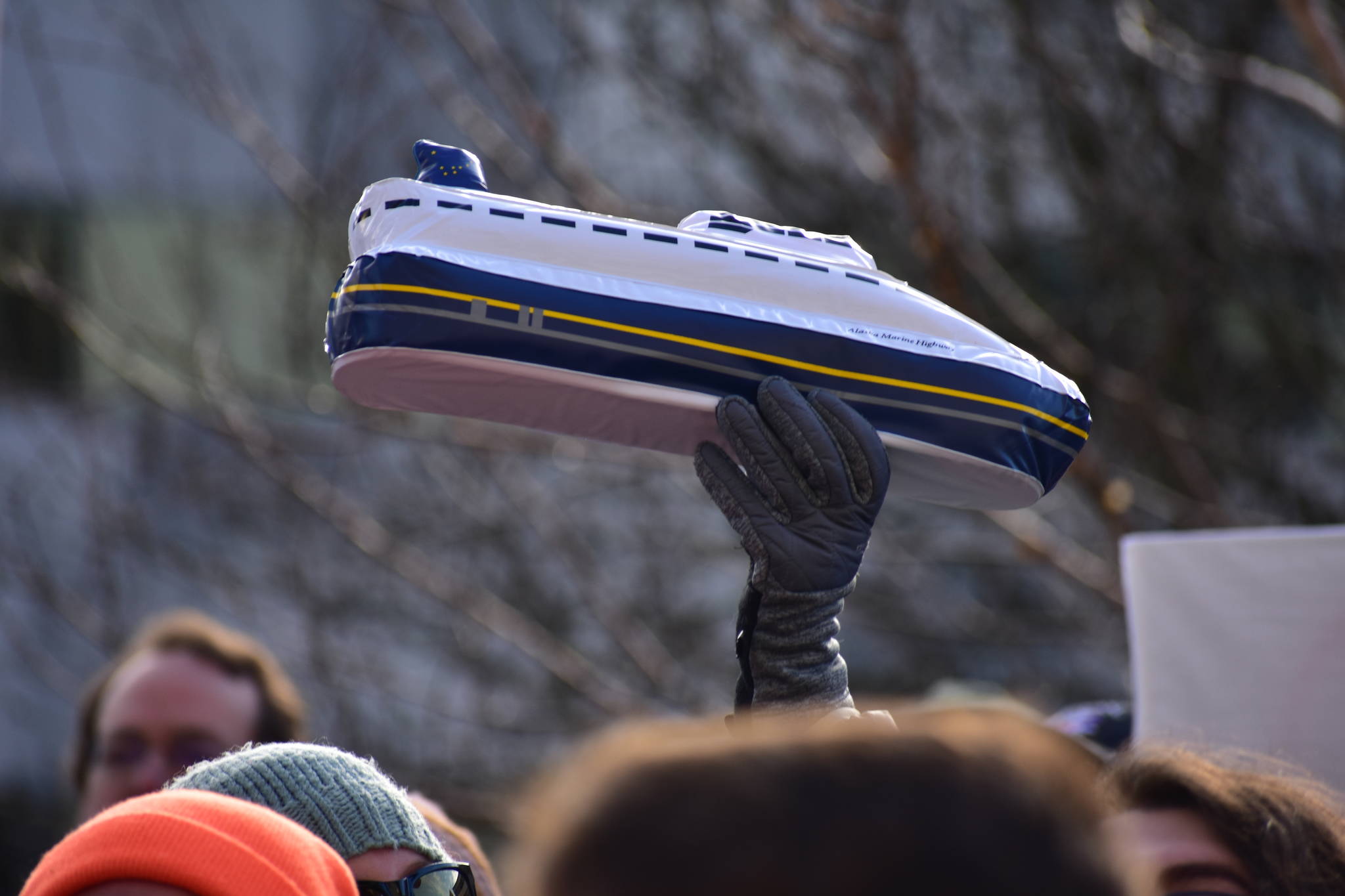The focus of the Alaska Marine Highway System Reshaping Work Group was too narrow. There was no effort spent on evaluating and comparing the fares of AMHS service against fares of commercial marine freight lines and airlines. There was no consideration given to the potential for subsidizing commercial marine freight lines and commercial airlines to reduce costs to the state but provide equivalent service to meet outlying communities’ transport needs.
Over long-haul routes, commercial carriers transport up to 99 percent of passengers and freight to Alaska. Had the workgroup gone online and compared commercial airfares, they would find that it is significantly cheaper to fly to and from Alaska and rent a car for a month at your destination than to travel by ferry with your car. They would find that over long distances, shipping rates for cars on commercial barge lines are competitive with AMHS rates. Also, when it comes to frequency of service and speed, you cannot beat the airlines.
Over shorter distances, subsidized AMHS fares from commercial centers to small outlying communities are substantially lower than commercial carriers. This adversely impacts the level and cost of commercial services provided to small communities. Unfortunately, the low traffic demand generated by these communities falls far short of covering AMHS’s operating cost to provide service. AMHS vessels are too large to economically serve the low traffic demand and the fleet is too small to provide adequate service frequency. Yet commercial air carriers are operating and providing a superior sustainable service and several small communities continue to receive some barge service. Unlike AMHS, commercial carriers must cover all costs out of fares and tariffs, including cost of periodic refurbish and eventual replacement of infrastructure, aircraft, barges, equipment, and all overhead costs plus profit.
The state needs to provide the total cost of AMHS service by route, including prorated amortized refurbishment, capital replacement costs and all administrative overhead cost and estimate the average total cost per user it costs AMHS to transport passengers and vehicles by route on a seasonal and annual basis. A comparison of the average total cost per passenger and commercial fares over each route should demonstrate that subsidizing commercial carriers to achieve AMHS fares would save the state millions. AMHS competes directly with commercial carriers by stripping traffic from carriers that otherwise would support better commercial services to coastal communities.
It is not surprising that most Alaskans from communities with ferry service, choose to fly and rent a car because, aside from cost, AMHS is too slow, infrequent, or unavailable. Residents who do take the ferry often end up flying one-way, because they cannot afford hotel and restaurant meals until the next ferry departure.
Commercial freight and air carriers spend millions across the state to transport the majority of passenger and freight movements to, from, and across Alaska. Commercial carriers pay the state for land leases, taxes, and fees for use of infrastructure and support services provided by the state. Air carriers transport most independent tourists to Alaska. The current state budget deficit warrants scrutiny of AMHS expenditures to determine whether funds allocated to AMHS would be better spent to support subsidies of commercial transportation services to small coastal communities, to free up funds for other state priorities.
In conclusion, air carriers and commercial freight carriers provide essential and sustainable transportation to all of Alaska at minimal cost to the state. AMHS should discontinue mainline ferry service to Bellingham and across Gulf of Alaska as nonessential and unsustainable, as it presents a high opportunity cost to both the traveler and the state. The state should stop competing with commercial carriers and retire the mainline ferries. The state should offer the Interisland Ferry Authority a transitional subsidy to test viability of reinstatement of their northern route to Petersburg and Wrangell and offer the ferry Lituya to the Metlakatla Indian Community. The state should utilize the two new Alaska class ferries, supported by ferry terminal improvements, in Lynn Canal to connect the capital city Juneau to the continental road system via Haines and Skagway. The state should update the regional transportation plans to identify and support private and commercial transportation infrastructure needs.
• Andy Hughes has resided in Juneau resident since 1973. Hughes is a retired in 2017 as regional chief of planning for the Southcoast Region of the Alaska Department of Transportation and Public Facilities.

